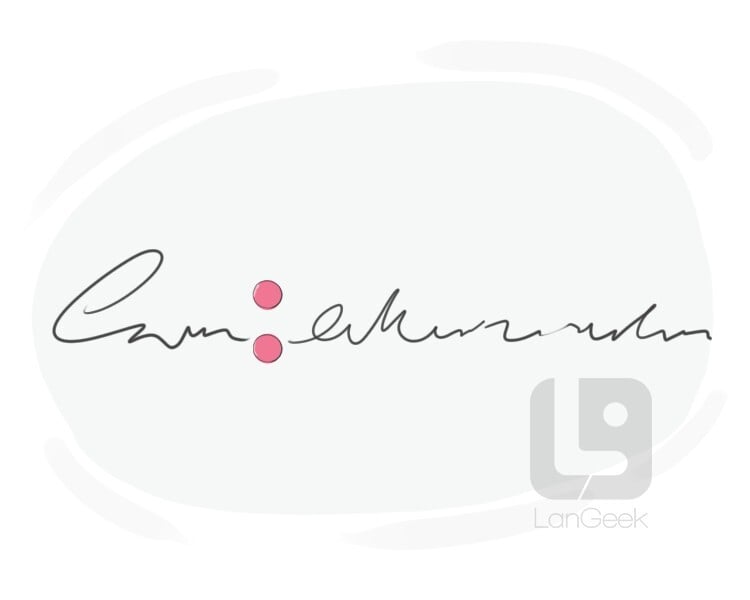Search
Select the dictionary language
(anatomy) the main part of the large intestine, between the caecum to the rectum, where water is removed from solid waste

What is "colon"?
The colon, also known as the large intestine, is a vital part of the human digestive system. It is a long, hollow tube-like organ located in the abdominal cavity. The primary function of the colon is to absorb water, electrolytes, and nutrients from digested food and eliminate waste material from the body. It plays a crucial role in the final stages of digestion and the formation of feces. The colon consists of several segments, including the ascending colon, transverse colon, descending colon, and sigmoid colon, which collectively aid in the process of food digestion and waste elimination.
What is a "colon"?
A colon (:) is a punctuation mark used to introduce or clarify information that follows it. It often precedes lists, explanations, or examples, helping to signal that more details will be provided. For instance, in the sentence "There are three fruits I enjoy: apples, oranges, and bananas," the colon indicates that a list follows. Colons are also used in ratios, time notation, and formal letter greetings. By serving as a pause, a colon helps to create a clearer connection between two related ideas, enhancing the structure of written communication.
Lexical Tree





























